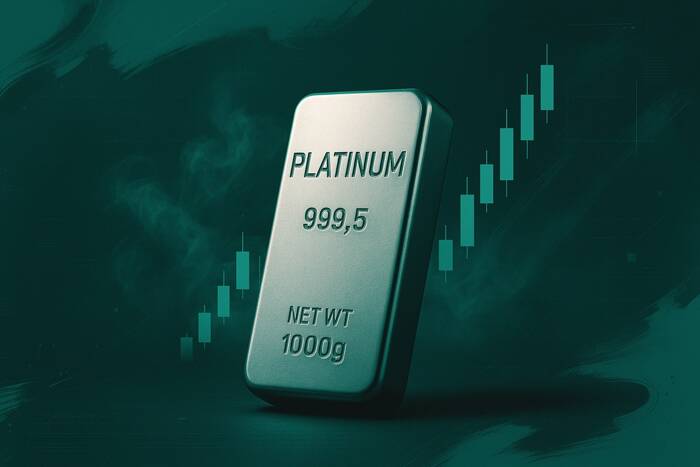In recent years, the platinum market has experienced significant fluctuations, driven by a combination of rising demand and supply disruptions. As we delve into the factors influencing platinum prices, it becomes clear that understanding this precious metal’s dynamics is crucial for investors and consumers alike.
The Surge in Demand for Platinum Jewelry
One of the most notable trends in the platinum market is the remarkable 26% increase in demand for platinum jewelry. This surge can be attributed to several factors, including changing consumer preferences and a growing appreciation for the unique qualities of platinum. Unlike gold, platinum is known for its durability and rarity, making it an attractive choice for high-end jewelry. As consumers, particularly in markets like China, seek out luxury items, the demand for platinum jewelry is expected to continue its upward trajectory.
Supply Disruptions and Their Impact
While demand is on the rise, the supply side of the platinum market has faced significant challenges. Lower mine productivity has led to substantial supply disruptions, resulting in a total global production of only 5.77 million ounces—well below the yearly average from 2010 to 2021. This decline in production is concerning, especially as projections for 2025 indicate that supply levels may hit their lowest point since the disruptions caused by the COVID-19 pandemic.
The World Platinum Investment Council has forecasted a deficit of 966,000 ounces for this year, marking the third consecutive year of supply shortfalls. Such persistent deficits create a precarious balance in the market, driving prices upward as demand continues to outstrip supply.
The Role of Economic Factors
The interplay between supply and demand is further complicated by broader economic factors. Expectations of Federal Reserve rate cuts are influencing the market, as a weaker U.S. dollar typically boosts demand for precious metals, including platinum. Investors often turn to platinum as a hedge against inflation and currency fluctuations, which can further elevate its price.
However, the future of platinum prices remains uncertain. While the current trends suggest a continued increase in demand, the potential for supply recovery looms large. The cyclical nature of supply deficits means that while prices may rise in the short term, they could also stabilize or decline if production levels improve.
What Lies Ahead for Platinum Prices?
Predicting the future of platinum prices is a complex endeavor, given the multitude of factors at play. On one hand, the dovish stance of the Federal Reserve may lead to sustained demand for precious metals, including platinum. On the other hand, the historical pattern of supply deficits suggests that these conditions may not last indefinitely.
To objectively assess the future of platinum prices, it is essential to consider each influencing factor in isolation. While the current economic climate favors precious metals, the inherent volatility of supply means that the platinum market could experience shifts in momentum. Investors and consumers must remain vigilant, as the dynamics of the platinum market can change rapidly.
Conclusion
In summary, the platinum market is currently characterized by rising demand and significant supply disruptions, leading to increased prices. While the outlook appears positive in the short term, the uncertainty surrounding future supply levels and economic conditions makes it difficult to predict long-term trends. As the market evolves, staying informed about these factors will be crucial for anyone involved in the platinum sector, whether as an investor, consumer, or industry stakeholder.




